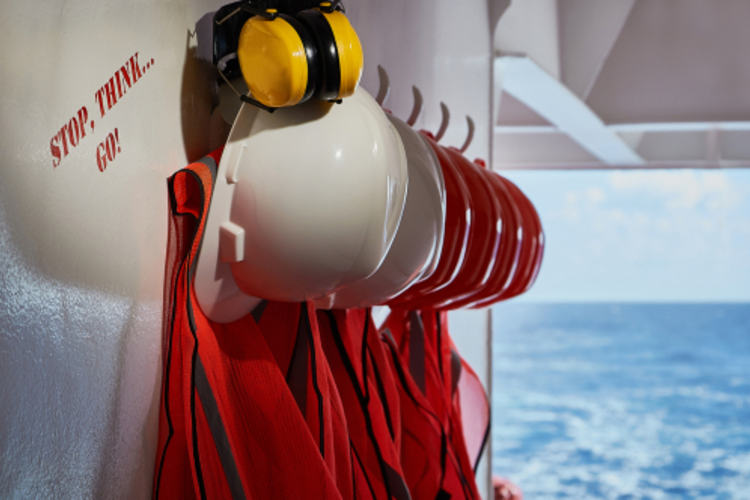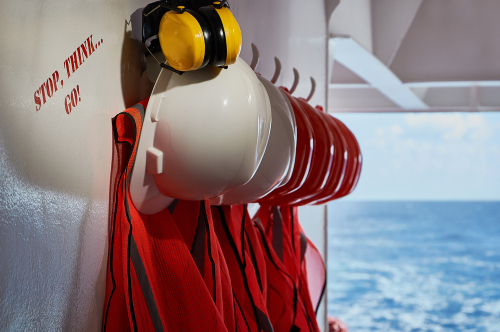Welcome to Thomas Insights — every day, we publish the latest news and analysis to keep our readers up to date on what’s happening in industry. Sign up here to get the day’s top stories delivered straight to your inbox.

Stakeholders from throughout the international shipping industry recently offered some insight on the plights of workers at a number of major ports. According to a recent report from Financial Times, as many as 400,000 shipping workers are currently stuck at sea or unemployed due to COVID-19-related travel restrictions.
Social Distancing Slowdowns
Due to pandemic-related standards regarding sea-faring vessels and their crew, some workers are not being allowed into ports or being delayed as they wait to unload. This extends the amount of time many are spending onboard ships, with the same delay taking place once they return home.
The time extension is producing a trickle-down effect, ultimately causing slower change-outs of crew and preventing fresh workers from taking over. It’s a dynamic that can create significant delivery and production timeline challenges.
Fewer commercial air flights are also adding to the logistical challenge of getting crews where they need to be. The lack of travel options, coupled with ships not being able to get a new crew, had led to breaks in several supply chains.
Testing Shortages
Similar to many areas of society, a lack of testing and clear legal parameters surrounding entry and exit visas make it tougher for those still onboard, as well those who desperately want to get back to work. In May the International Maritime Organization published a 12-step protocol for safe crew changes, but the implementation process has been slow.
Data provided by the United Nations Conference on Trade and Development shows that nearly 80% of world trade volume is provided by a global fleet of 96,000 container ships, fuel tankers, and dry bulk carriers.
The industry is calling for global leaders to institute “safe corridors” that would create passageways with less restricted movements and designate merchant crews as essential workers that can travel with fewer restrictions. Maritime rules state that merchant crewmembers are allowed to spend 11 months at sea, but many reports show a growing number approaching 15 months.
Image Credit: Denys Yelmanov / Shutterstock


